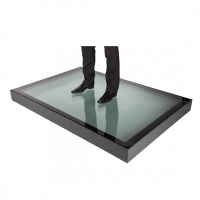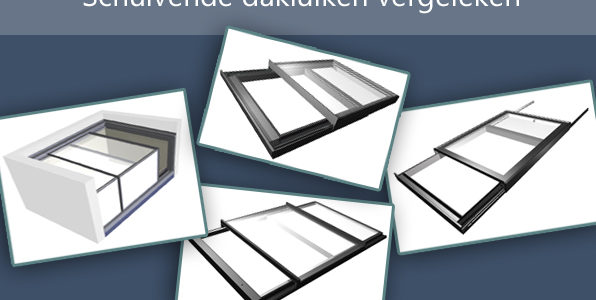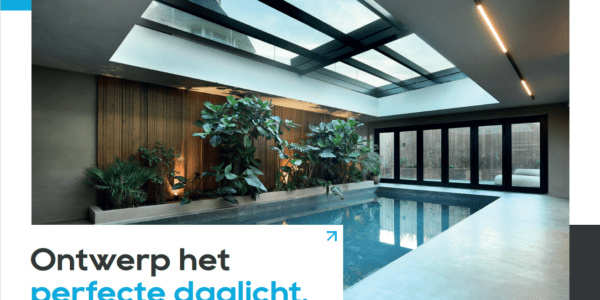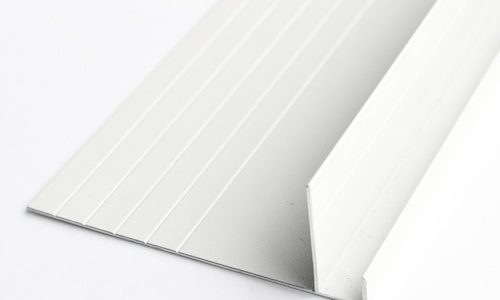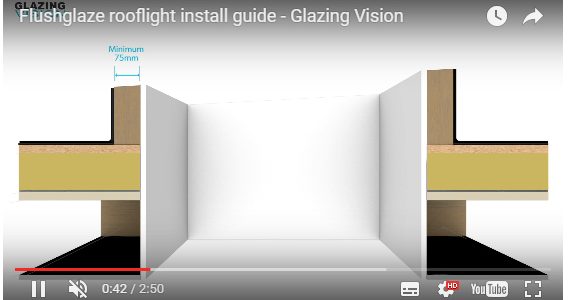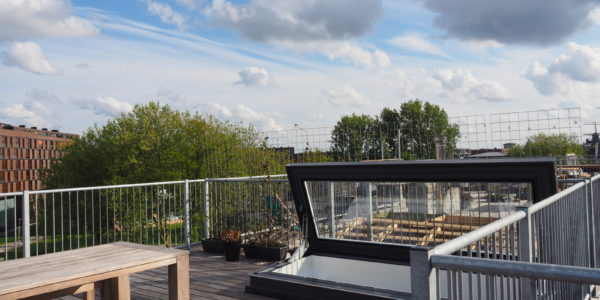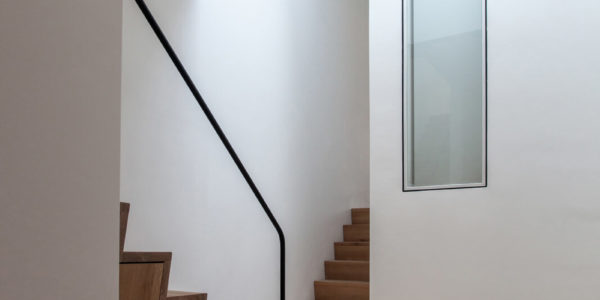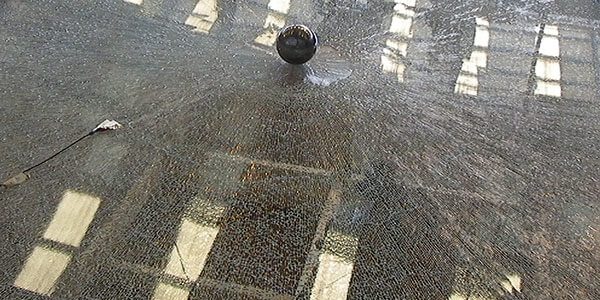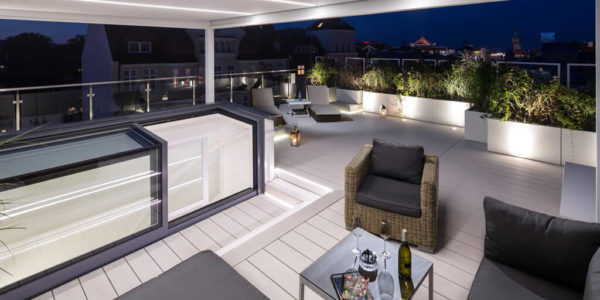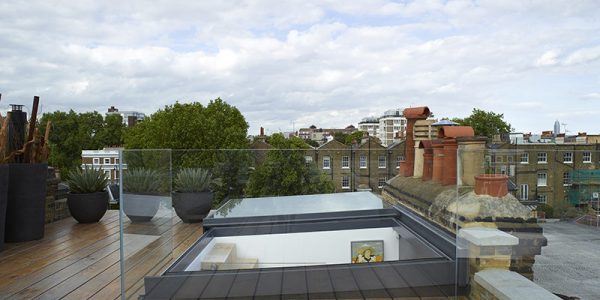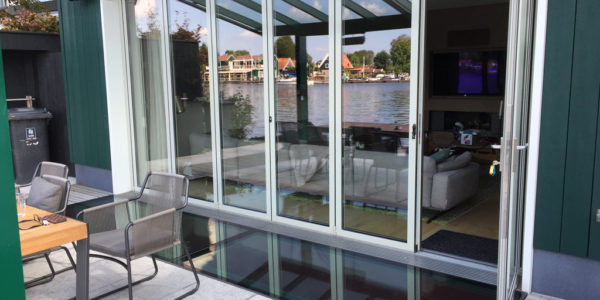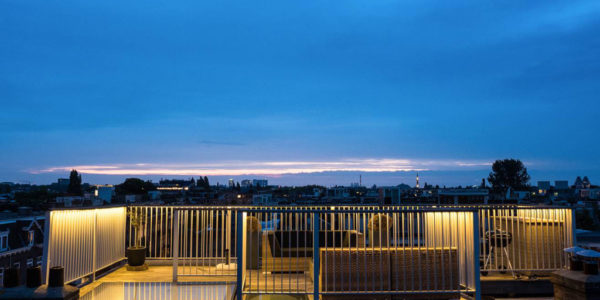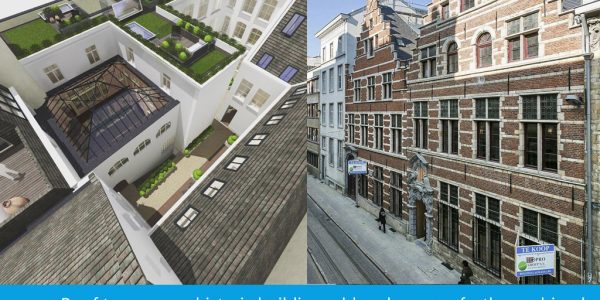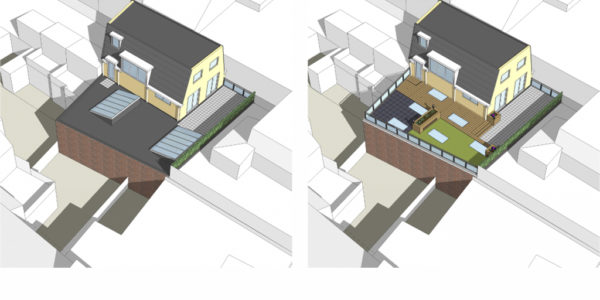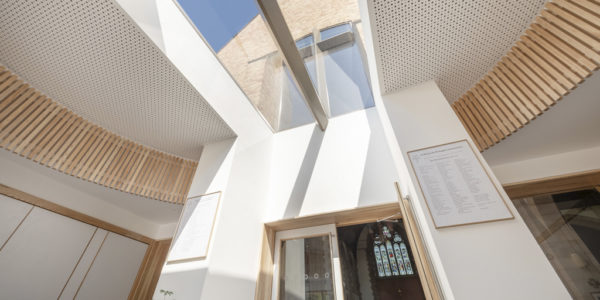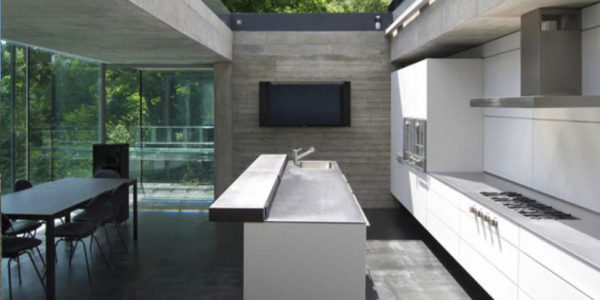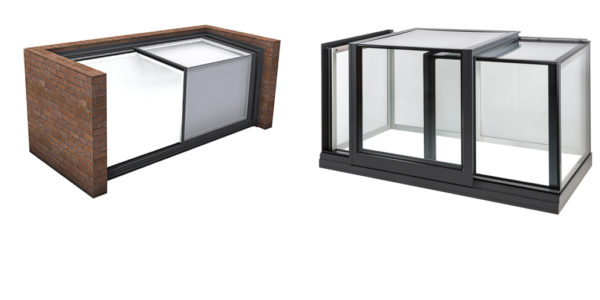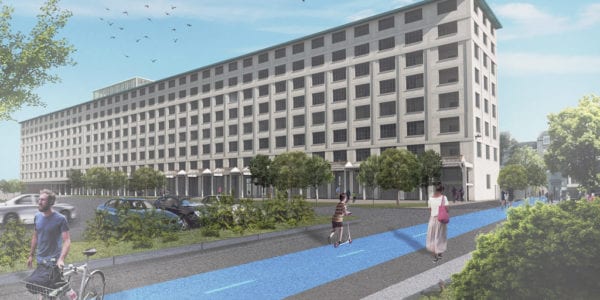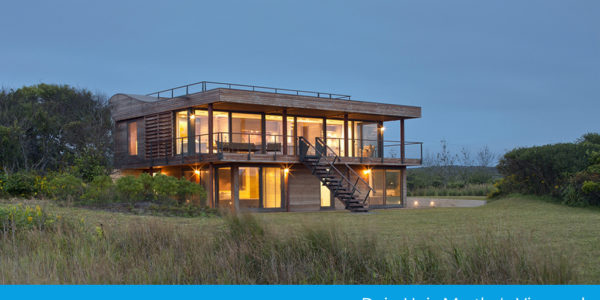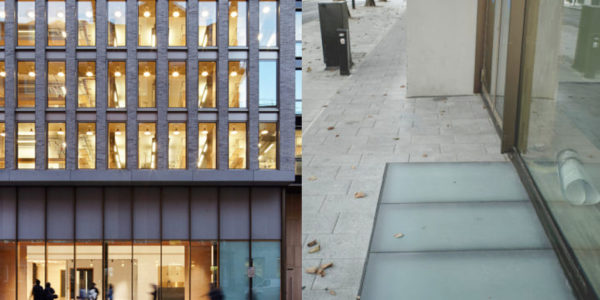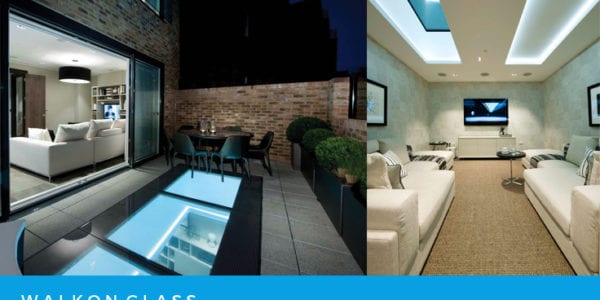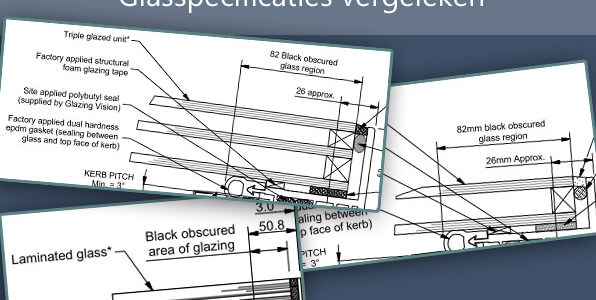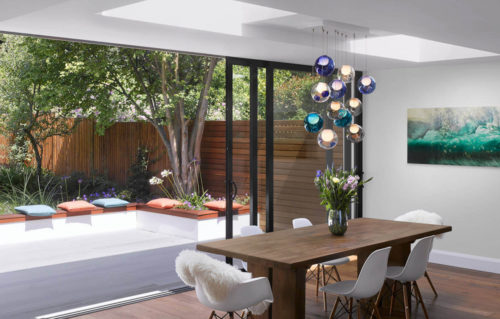Anti slip glass for walk on rooflights
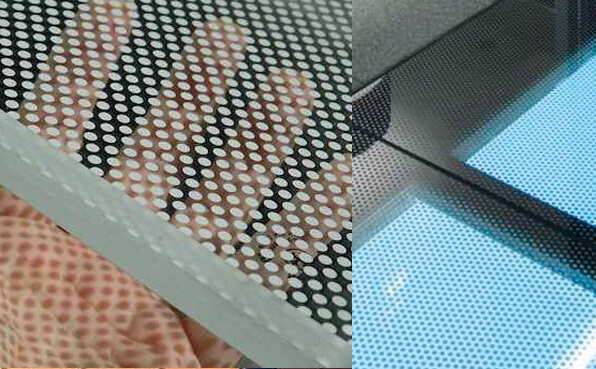
Untreated glass may become slippery, especially in wet conditions. On a particulier roof terrace that is not always necessary a problem, as it won’t be used much during bad weather. In public spaces this is different though. Fortunately there are different ways to ensure that glass will dry more quickly and becomes more ridged.
Ritec anti-dirt coating for walkon glass dries glass more quickly
This is an anti-dirt coating that ensures water to run off the glass more quickly. Th advantage of this coating is that the glass remains entirely transparent. The Ritec coating doesn’t ensure anti-slip in the sense of the glass becoming more ridged. So what does Ritec do then?
In brief Ritec ensures that:
- Slippery dirt does not stick;
- The glass dries more quickly.
Dry glass has a PVT-value that is well above the required 36 (sufficient anti-slip).
But be aware: also with a Ritec coating, the wet glass is not anti-slip.
How does Ritec work?
Glass seems slippery, but it is not. When studying it under a microscope, you can see that glass has a coarse surface, due to which dirt, salt and lime can easily attach to it and make the glass dirty. When applying a Ritec Clearshield coating, a protective layer of polymers is fitted to the glass. These will very strongly attach to the glass and also form strong mutual bonds. This does not only make the glass more smooth and easier to clean, but also it makes it stronger.
An advantage of the coating is that it creates a real bond with the glass. This makes it extremely strong and abrasion-resistant, even when it is being walked on.
Explanatory note anti-slip values HSE and PTV
A disadvantage of the coating is that it doesn’t ensure better values for more ridged glass. For both untreated glass and glass with the Ritec coating, the average value for slipping risk (HSE Slip Risk) is 23 which makes it average.
For dry glass the value of glass treated with Ritec is better than standard glass, but as long as the glass is wet, there is a high risk of slipping.
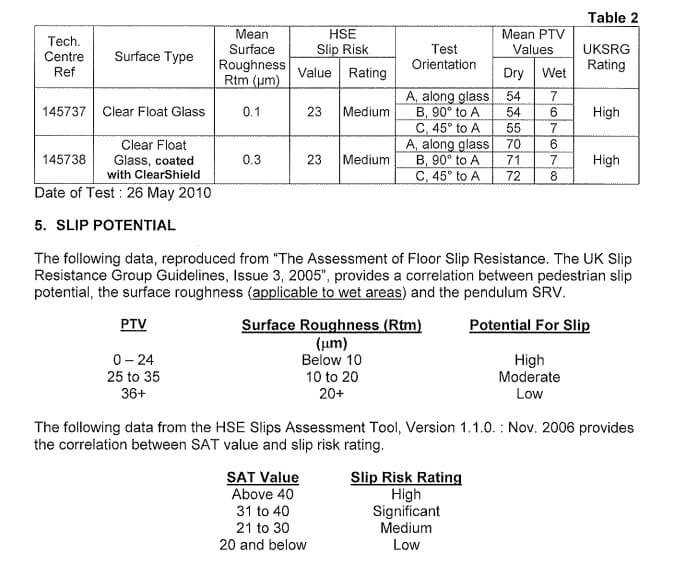

Anti-slip solution: Frit dot pattern
Using this, 8 mm raw material dots are applied to the glass. This can be done in an even dot pattern, but also, for example, in the shape of a logo. This is a nice, yet very costly method. The clearness will be reduced by some 40% relative to solution no. 1, while the light entry remains the same. The anti-slip value of 60 is the highest of all solutions.

Anti-slip solution: Sandblasted glass
It is also possible to sandblast the glass. This creates an anti-slip factor of 50, somewhat less than the frit dot pattern, but more than enough above the required 36 for properly ridged glass.
This is a relatively cheap solution. What could be a disadvantage of this, is that the glass is no longer transparent. The light yield will however remain almost equal, albeit that the light entry is more diffuse.
